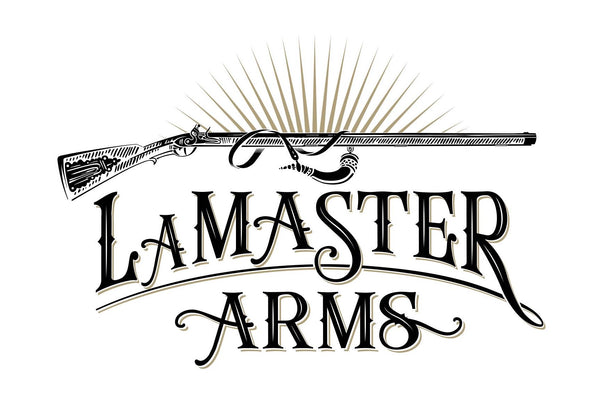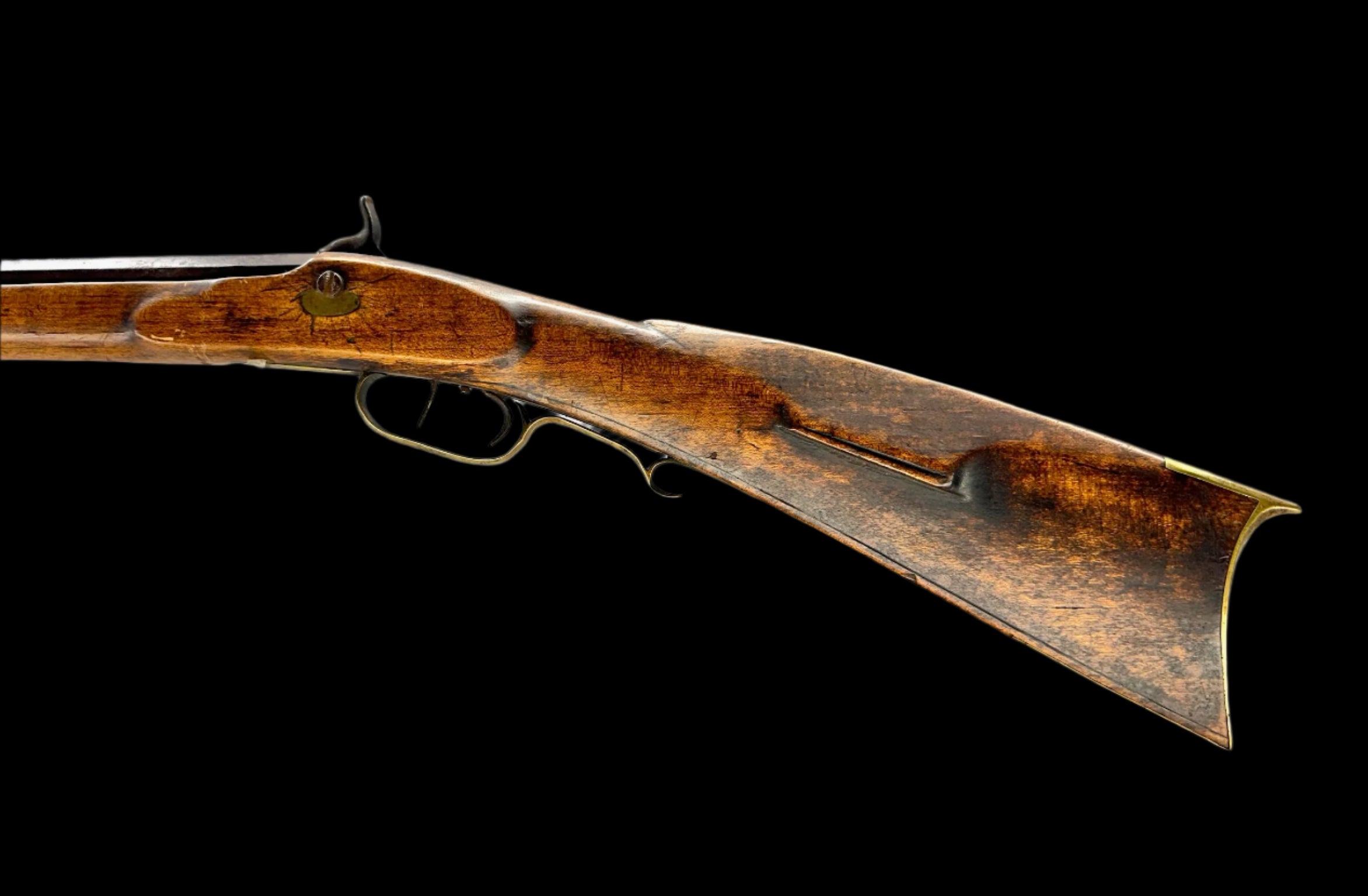
Monthly Rifle and Gunmaker Studies
July/August 2025--The Sheetz Family of Gunsmiths
Written by Brian LaMaster and Allen "Guy" Scherb
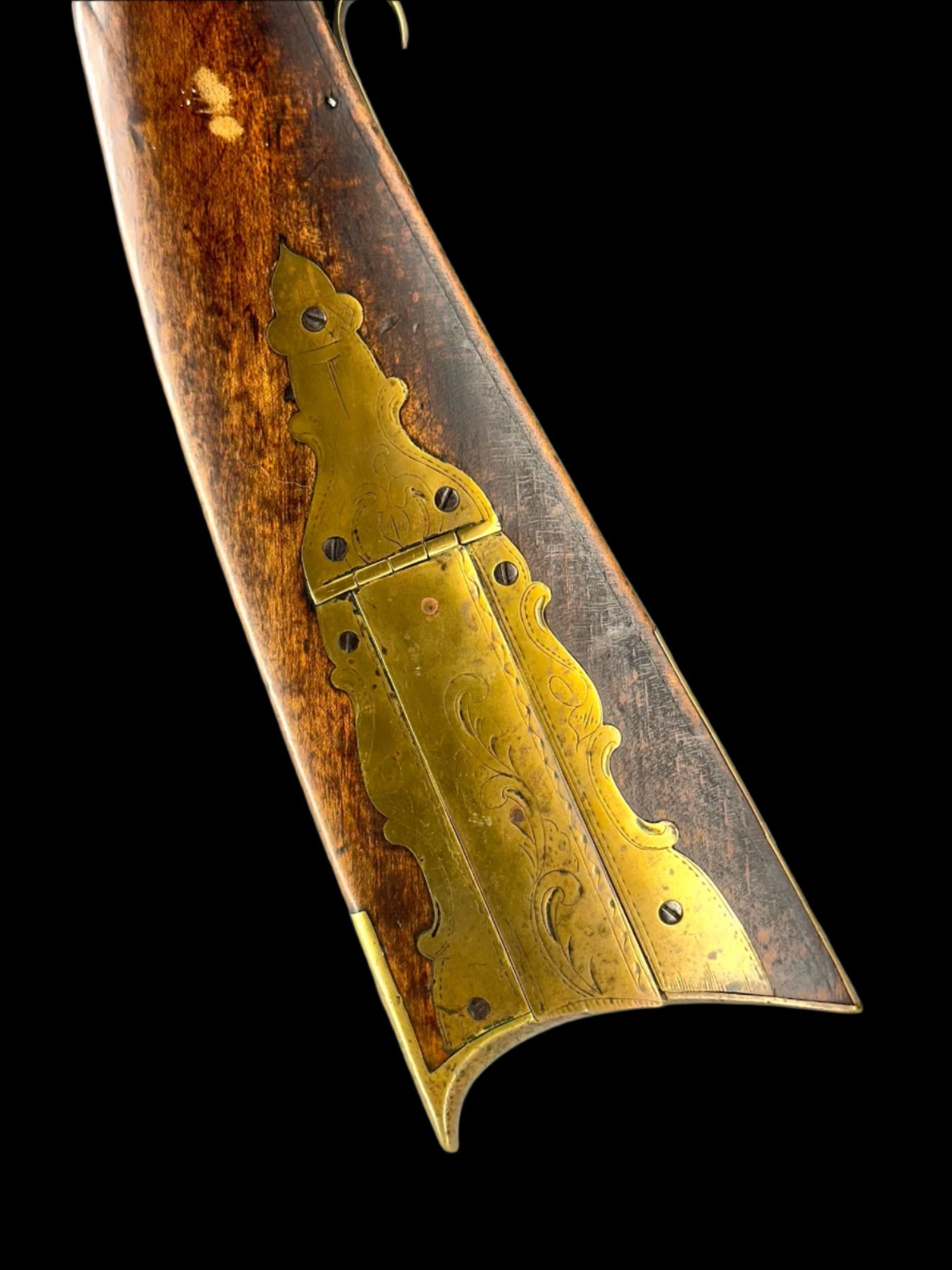
A Century of American Firearm Craftsmanship
The Sheetz family—also spelled Sheets or Scheetz—represents one of the most enduring and regionally influential dynasties in early American gunsmithing.
From the late 18th through the 19th centuries, various generations of the Sheetz family crafted rifles that served not only as vital tools on the frontier but also as remarkable examples of the artistry and regional variation within American long rifle design. .
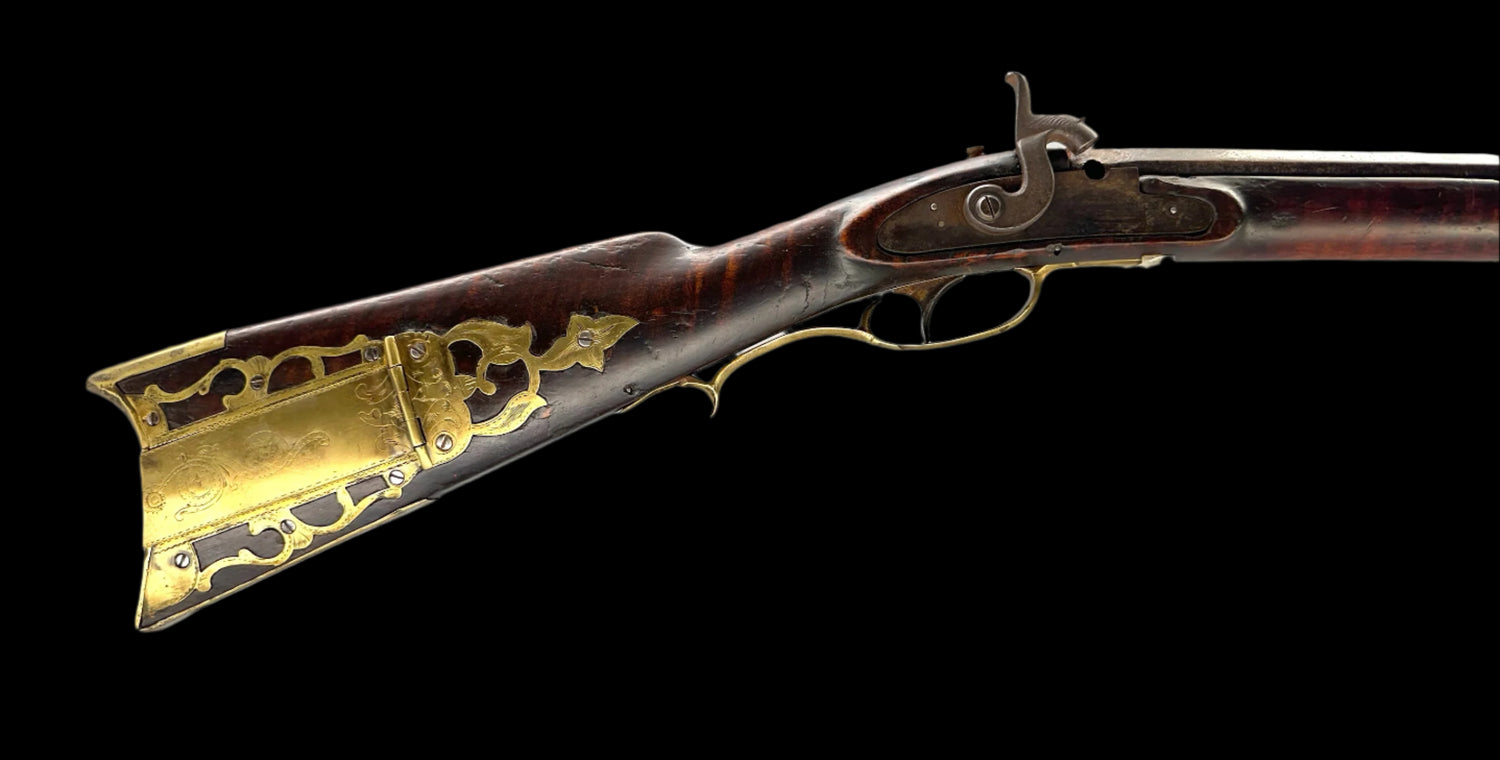
Their gunsmithing legacy stretches across Pennsylvania, Virginia (now West Virginia), Maryland, and Ohio, and mirrors the broader westward expansion and technological evolution of firearms in early America.
The patriarch of the Sheetz line, Philip Sheetz, was likely born in the mid-1700s and of German immigrant descent. He began his trade in York County, Pennsylvania—an early hub for Pennsylvania long rifle production influenced by Germanic design traditions.
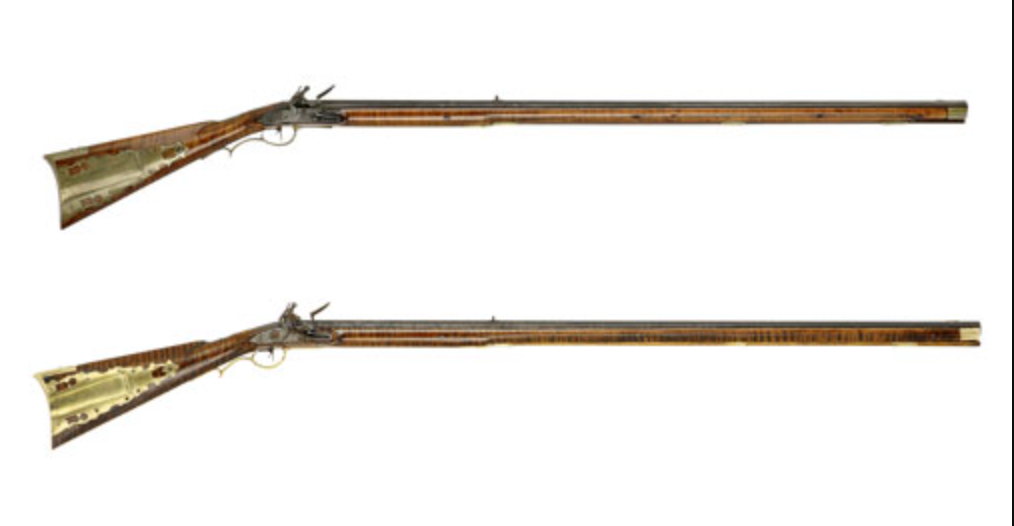
By the time Philip moved to Virginia, he had established a strong foundation in rifle-making that he would pass on to his sons. This included John Jacob Sheetz, Martin Sheetz, and Frederick Sheetz, who would go on to become prominent gunsmiths in their own right.
Their move to Virginia marked a geographic and stylistic shift. While retaining the precision and function of the Pennsylvania school, the Sheetz rifles began to exhibit traits associated with the Shenandoah and Appalachian traditions—lighter architecture, less ornate carving, and regionally influenced patchbox designs.
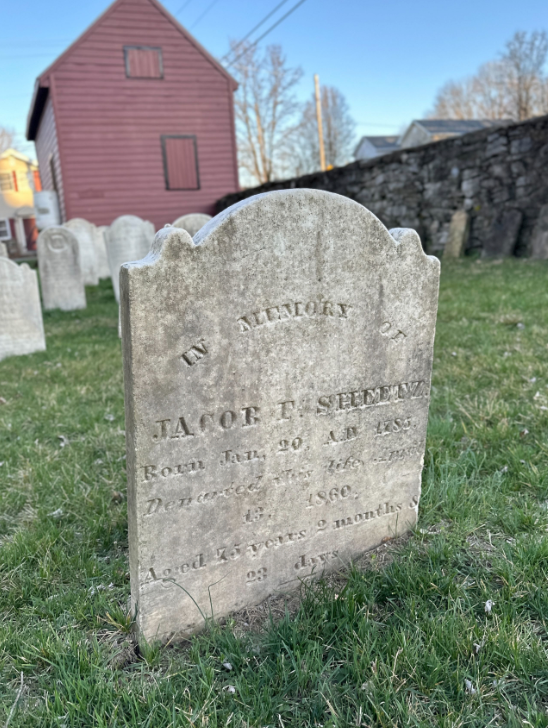
John Jacob Sheetz (1785–1860) established himself in Shepherdstown, Virginia (now part of West Virginia), where he became one of the best-known figures in the Sheetz family. His rifles often featured the elegant lines and refined styling associated with the Virginia school of long rifle building. One particularly notable firearm attributed to him was carried by William Ross, a rifleman from New Orleans who used it during the War of 1812.
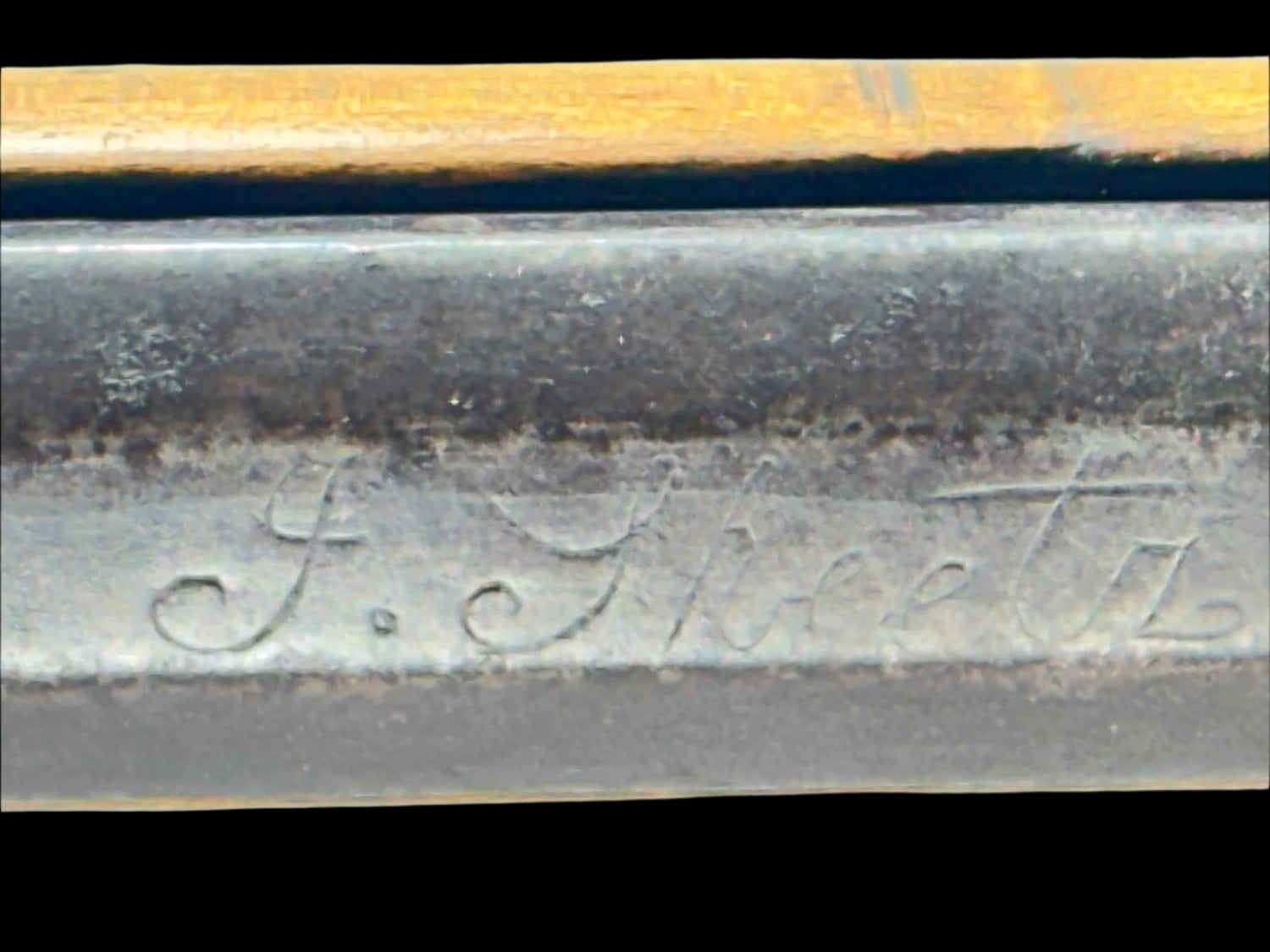
Jacob Sheetz, another major figure within the family, continued the legacy through the mid- to late-1800s. He worked primarily in Hampshire County, Virginia (now West Virginia), first near Romney and later in Three Churches. Jacob specialized in both flintlock and percussion rifles, adapting to the evolving technologies of the time.
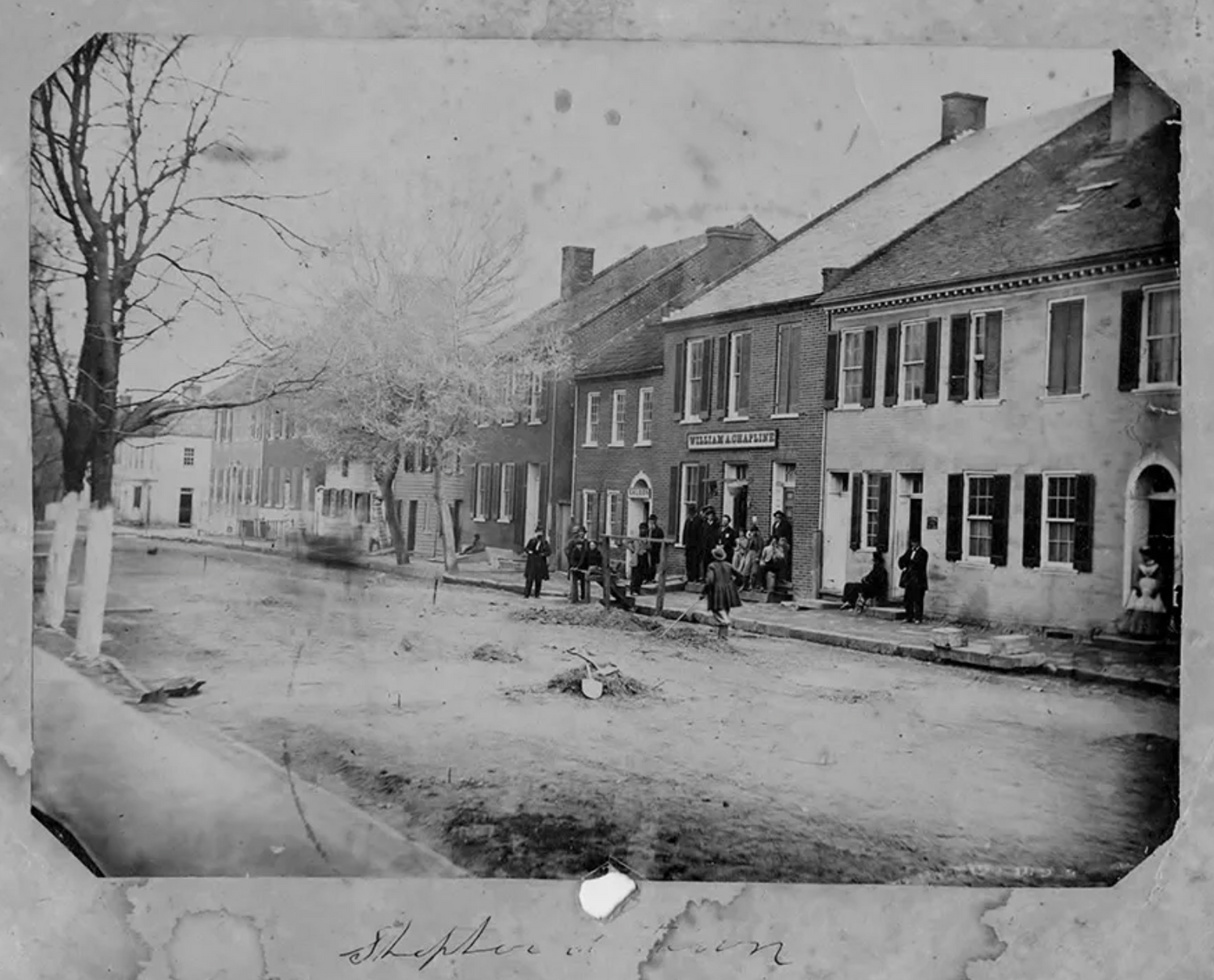
In 1861, at the outset of the Civil War, he was noted for converting older flintlocks to percussion systems—an essential service as militias across the South prepared for conflict. He worked alongside his sons, William F. Sheetz and Jacob Dice Sheetz, both of whom would serve in Confederate units and also follow in their father’s gunsmithing footsteps.
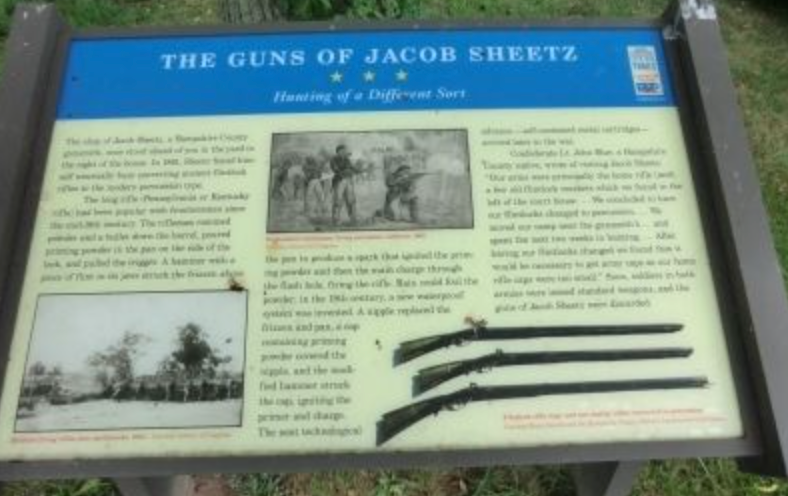
A historical marker in Springfield, West Virginia commemorates Jacob’s shop and his role in local firearms production during this period. The shop not only produced rifles but also repaired and modified existing ones, illustrating the Sheetz family's role in sustaining regional self-reliance through craftsmanship.
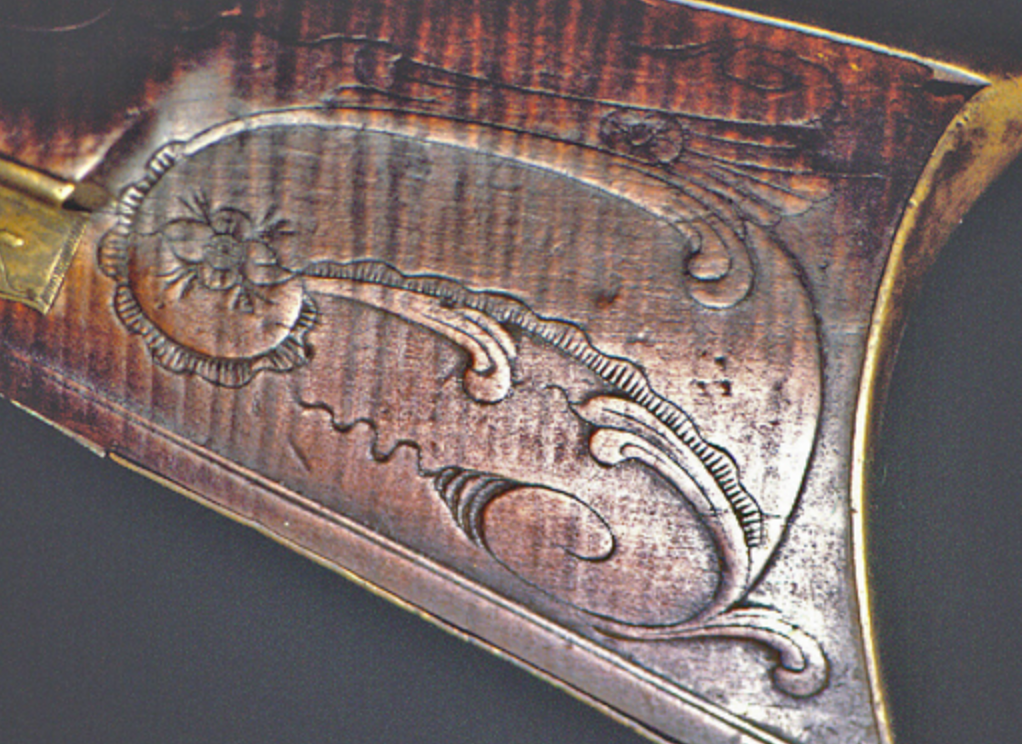
Meanwhile, Frederick Sheetz—possibly a brother or cousin to John Jacob—secured militia contracts as early as 1812 and was known for producing well-balanced, functional rifles with symmetrical brass patchboxes and smooth, flowing lines. His guns remain some of the most graceful examples of Hampshire County rifles and display a clear understanding of the needs of both civilian hunters and militia use. Like others in the family, Frederick blended traditional Germanic craftsmanship with the emerging American style, using local materials like curly maple for stocks and adding silver inlays and engraved flourishes when requested.
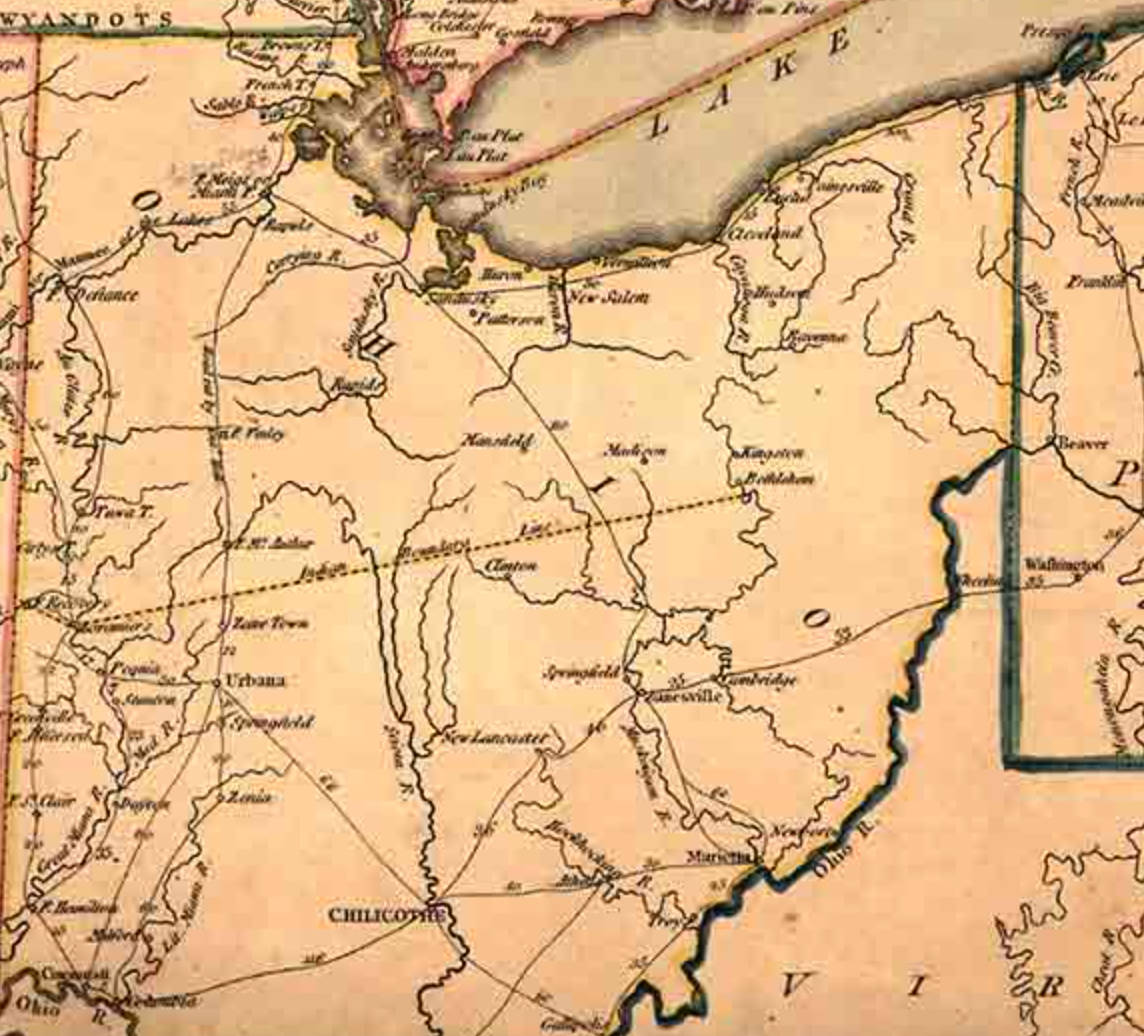
As the frontier pushed westward, so too did the Sheetz family. Descendants of Martin Sheetz, another of Philip’s sons, settled in Ohio during the 1830s and 1840s. There, they continued to build practical, robust long rifles suited to agrarian life and westward expansion. While some Ohio-built Sheetz rifles are simpler than their Virginia counterparts, they still retained the family’s hallmarks of careful fit, reliable function, and tasteful design. These guns, often passed down as family heirlooms, now appear in regional historical collections and occasionally in auctions, prized for both their rarity and lineage.
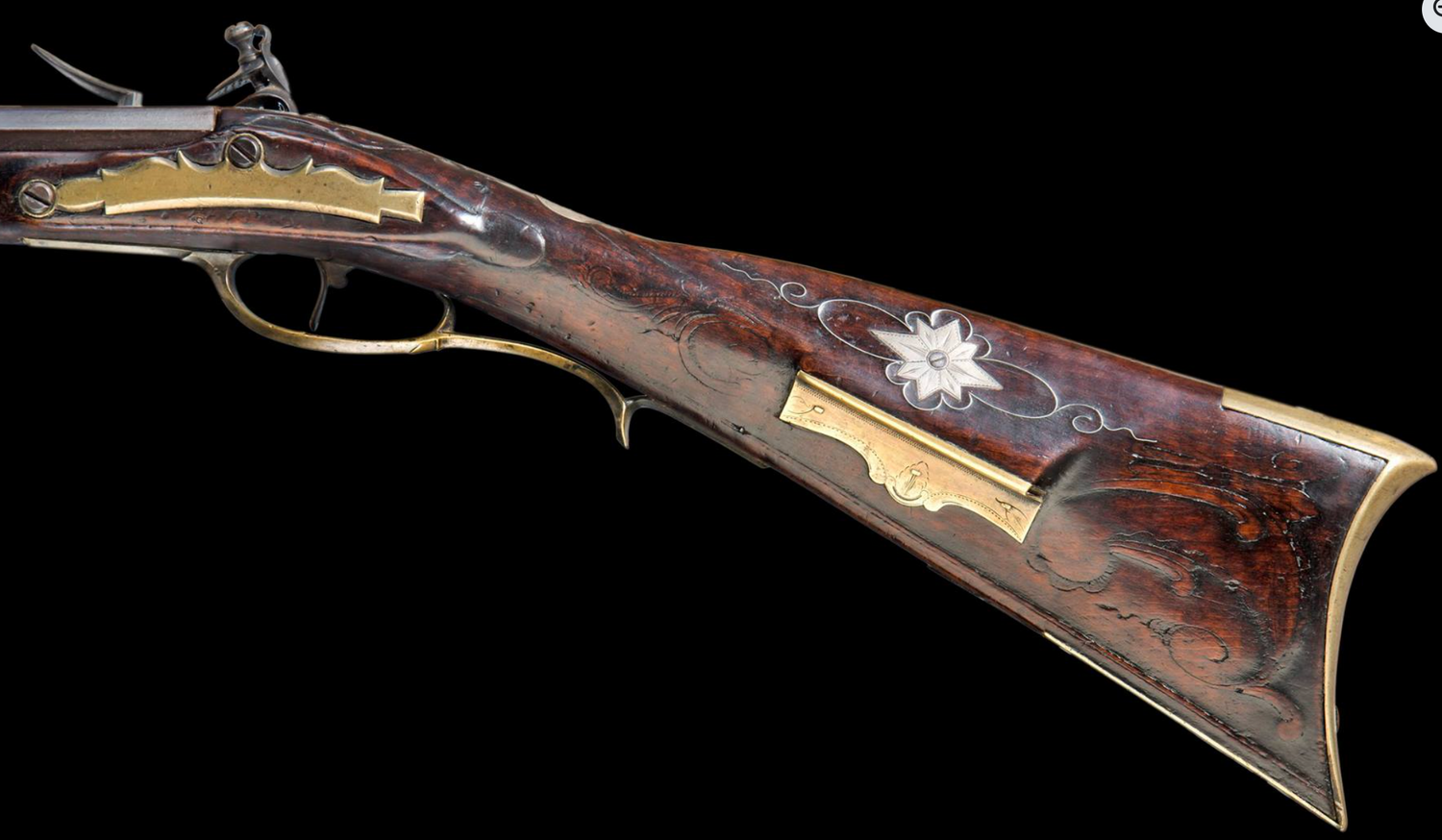
The Sheetz family's gunsmithing tradition spans over a century, encompassing the critical periods of American firearms development from flintlock to percussion ignition systems. Their rifles reflect not only mechanical innovation but also deep regional identity. Whether crafted in Pennsylvania, the Shenandoah Valley, or the western frontier of Ohio, Sheetz rifles balanced elegance and function in a way that made them invaluable to the American rifleman—both on the battlefield and in daily life.
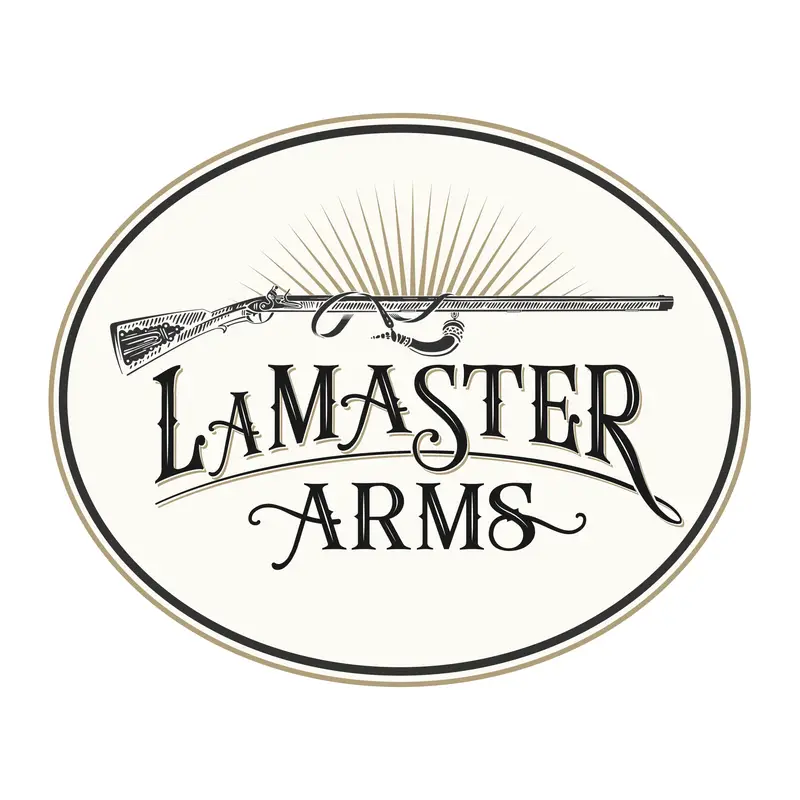
Sources:
- “The Sheetz Rifle.” American Rifleman, 8 Jan. 2013, https://www.americanrifleman.org/content/the-sheetz-rifle/. Accessed 2 July 2025.
- “Jacob Sheetz Gunsmith & Family.” Hampshire County Long Rifle, 5 June 2013, https://hampshirecountylongrifle.blogspot.com/2013/06/jacob-sheetz-gunsmith-family.html. Accessed 2 July 2025.
- “Frederick Sheetz.” Flintlock Rifle Smith, https://flintriflesmith.com/Antiques/fsheetz_gb.htm. Accessed 2 July 2025.
- “To Hampshire County Long Rifles.” Hampshire County Long Rifle, 8 Oct. 2022, https://hampshirecountylongrifle.blogspot.com/2022/10/to-hampshire-county-long-rifles.html. Accessed 2 July 2025.
- “Gunmakers of Hampshire County.” Historic Hampshire, https://historichampshire.org/history/gunmakers.htm. Accessed 2 July 2025.
- “Early American Gunsmithing: A Family Affair—Part 2.” The Free Library, https://www.thefreelibrary.com/Early%2BAmerican%2Bgunsmithing%3A%2Ba%2Bfamily%2Baffair--part%2B2.-a0234316417. Accessed 2 July 2025.
7. “Sheetz Family Collection, 1829–1960.” Shenandoah County Library, https://countylib.org/2017-0011.html. Accessed 2 July 2025.
Images from Google Images, LaMaster Arms
Special thanks to the KRF
